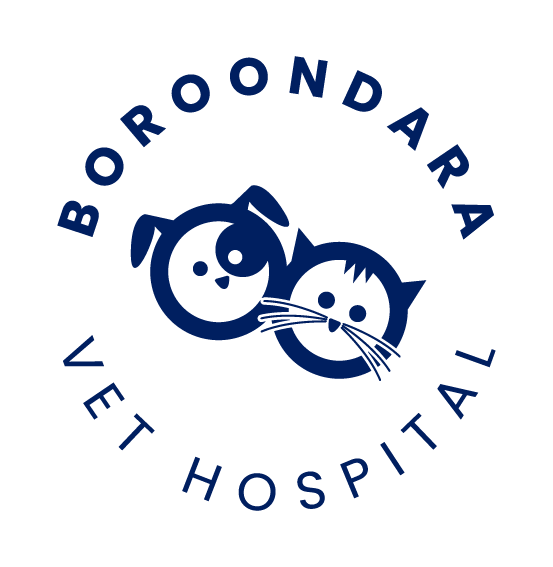Library
-
Cats and dogs are attracted to the sweet taste of ethylene glycol. Many will voluntarily drink antifreeze if it is spilled or leaks on to garage floors or driveways and are more than ready to lick the product from contaminated paws and coats.
-
Atopy was once thought to be caused by an inhaled allergen to which the dog's immune system over reacts. However, although the cause of atopy is still unknown, it is most likely due to contact of the allergic particles directly on the skin.
-
Haematoma is a localised collection of blood, usually clotted and can occur anywhere in the body. Bruises can be considered a form of haematoma.
-
Babesiosis is a tick borne disease which causes destruction of red blood cells resulting in anaemia and jaundice. Acutely affected dogs (and cats) appear depressed, weak and are disinclined to eat (anorexic).
-
This slow-growing tumour is a disordered overgrowth of cells of the skin epidermis. It gets its name from its resemblance under the microscope to the basal cell layer of epithelium.
-
It is not unusual for behaviour problems to develop in older pets. Many of the problems have similar causes to those in younger pets.
-
The names for the non-cancerous fibrous growths include collagenous hamartoma, fibroepithelial polyp, skin tag, cutaneous tag, hyperplastic or hypertrophic scar and acrochordon. A hamartoma is defined as a nodular, poorly circumscribed focus of redundant tissue.
-
This is any tumour originating from the mammary gland tissues. Most tumours of this type are cured by total surgical removal but a few progress to malignancy in time and start to spread to other parts of the body (metastasis).
-
Calculi, popularly called stones can develop in many cavities in the body, e.g. the gall bladder, kidney, etc. They are commonest in the urinary tract where they are termed uroliths.
-
Coagulation refers to a series of events that result in the formation of a blood clot. Clotting occurs after any injury involving blood vessels or tissues in order to stop blood loss.

